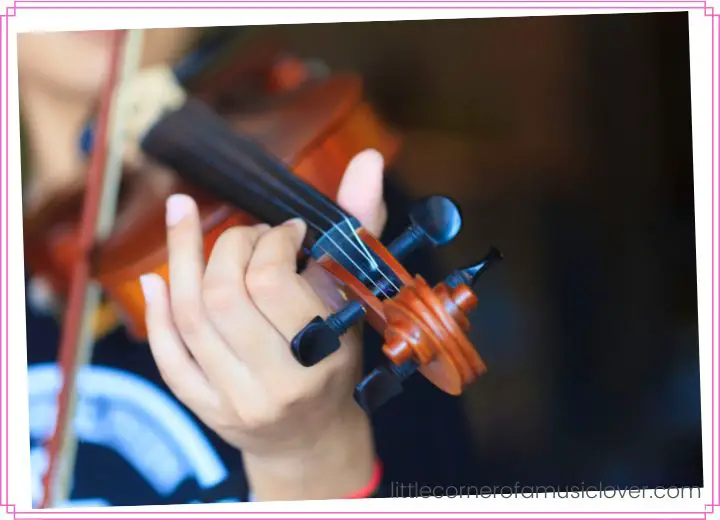The violin is an instrument that has captivated audiences for centuries with its rich and expressive sound. From classical to contemporary, there are numerous famous violin solo pieces that have become iconic in the world of music. These compositions showcase the virtuosity and technical brilliance of violinists, while also evoking a wide range of emotions in listeners. In this article, we will explore four renowned violin solo pieces that have stood the test of time, examining their historical significance, musical characteristics, and the impact they have had on the violin repertoire.
1. Johann Sebastian Bach – Partita No. 2 in D minor, BWV 1004: Chaconne
The Chaconne from Bach’s Partita No. 2 is often regarded as one of the most challenging and profound solo violin compositions ever written. Composed in the early 18th century, this monumental piece consists of a series of variations on a repeating harmonic progression. The Chaconne showcases the technical prowess of the violinist, demanding flawless execution of intricate passages, double stops, and rapid string crossings.
Beyond its technical demands, the Chaconne is a deeply emotional work that explores a wide range of moods and textures. It begins with a solemn and mournful introduction before transitioning into passages of intense passion and virtuosity. The piece then evolves into moments of introspection and contemplation, showcasing Bach’s mastery of counterpoint and harmonic progression.
2. Niccolò Paganini – Caprice No. 24 in A minor
Paganini’s Caprice No. 24 is a true showpiece for the violinist, pushing the boundaries of technical difficulty and showcasing the instrument’s capabilities. Composed in the early 19th century, this piece consists of a theme followed by a series of variations. Each variation presents unique challenges, including rapid arpeggios, double stops, and complex fingerings.
What sets Caprice No. 24 apart is its ability to seamlessly blend technical brilliance with melodic beauty. Paganini’s gift for creating memorable melodies is evident throughout the piece, even in the midst of the most demanding passages. The virtuosic nature of this composition has made it a favorite among violinists, who often use it as a benchmark for their technical prowess.
3. Pyotr Ilyich Tchaikovsky – Violin Concerto in D major, Op. 35
Tchaikovsky’s Violin Concerto is a cornerstone of the violin repertoire, renowned for its sweeping melodies and emotional depth. Composed in the late 19th century, this concerto consists of three movements that showcase the soloist’s technical abilities while also highlighting the expressive capabilities of the violin.
The first movement opens with a majestic orchestral introduction before the violin enters with a soaring melody. Throughout the concerto, Tchaikovsky weaves together moments of virtuosity with lyrical passages, creating a captivating dialogue between the soloist and the orchestra. The second movement is a tender and introspective adagio, while the third movement bursts with energy and showcases the violinist’s agility and dexterity.
4. Fritz Kreisler – Liebesleid
Liebesleid, meaning “Love’s Sorrow,” is one of Fritz Kreisler’s most beloved compositions. Written in the early 20th century, this piece is a nostalgic homage to the Viennese waltz tradition. Liebesleid captures the essence of old-world charm and elegance, transporting listeners to a bygone era.
Kreisler’s Liebesleid is characterized by its lyrical melodies and delicate phrasing. The piece requires a sensitive touch and a nuanced interpretation to convey its emotional depth effectively. Liebesleid has become a staple in the repertoire of violinists, admired for its ability to evoke a sense of longing and melancholy.
Conclusion:
Famous violin solo pieces have left an indelible mark on the world of music, captivating audiences with their technical brilliance and emotional depth. From Bach’s profound Chaconne to Paganini’s virtuosic Caprice No. 24, these compositions continue to inspire and challenge violinists today. Tchaikovsky’s Violin Concerto showcases the expressive capabilities of the instrument, while Kreisler’s Liebesleid transports listeners to a nostalgic world of elegance and charm. These timeless masterpieces remind us of the enduring power of the violin and its ability to stir the deepest emotions within us.

